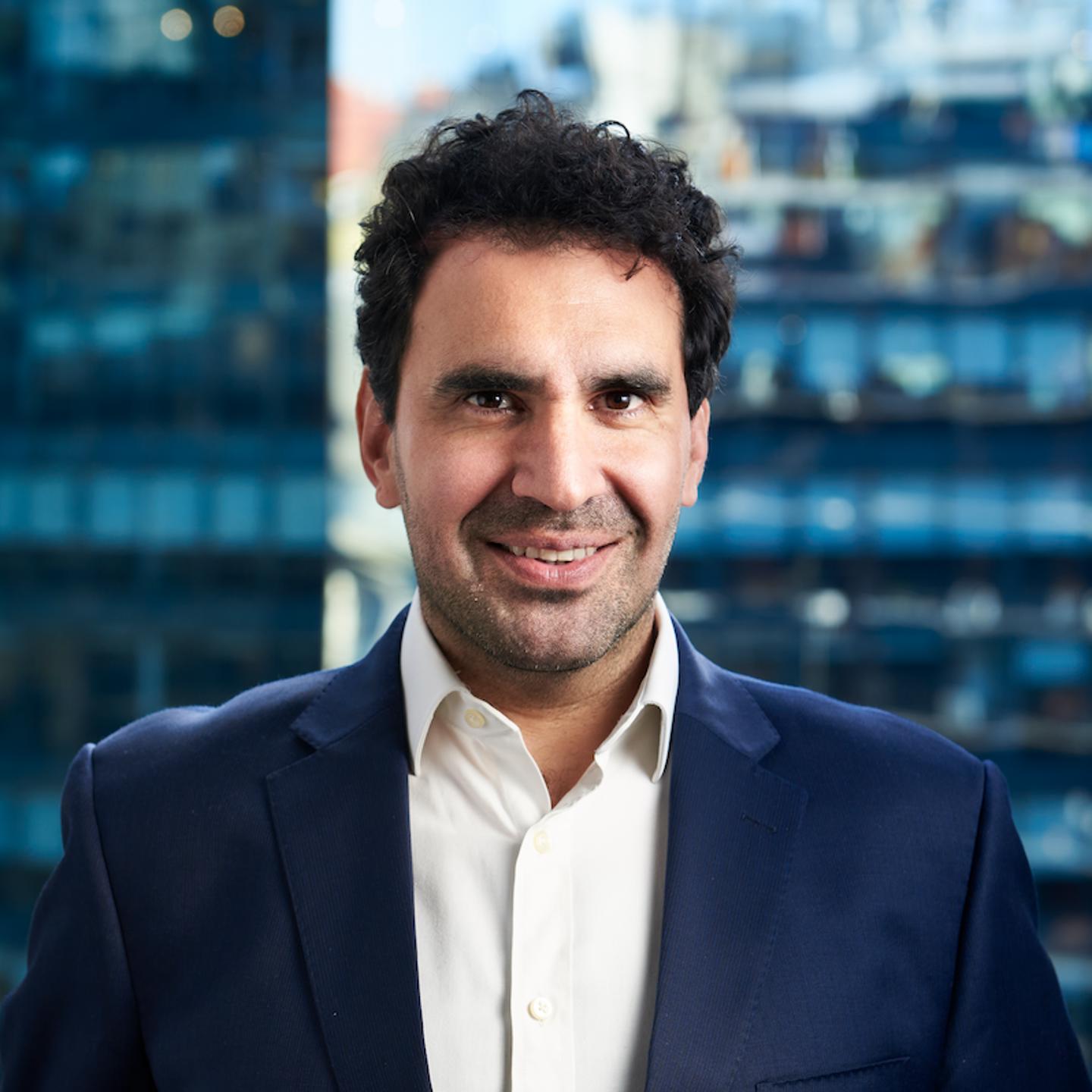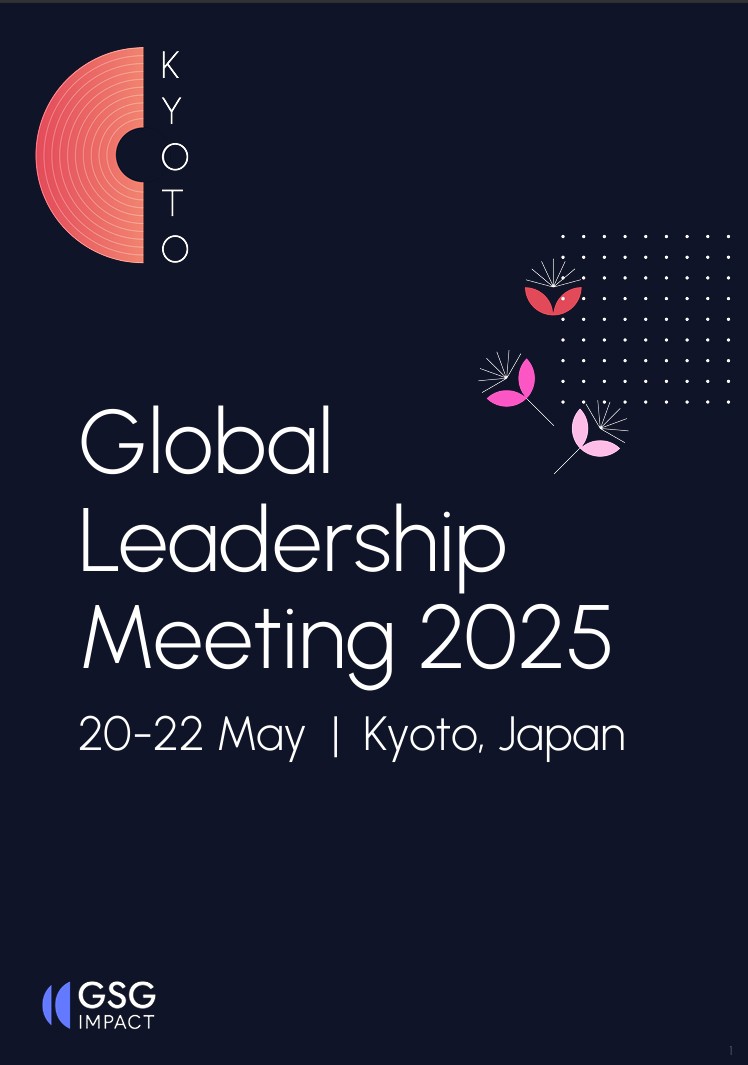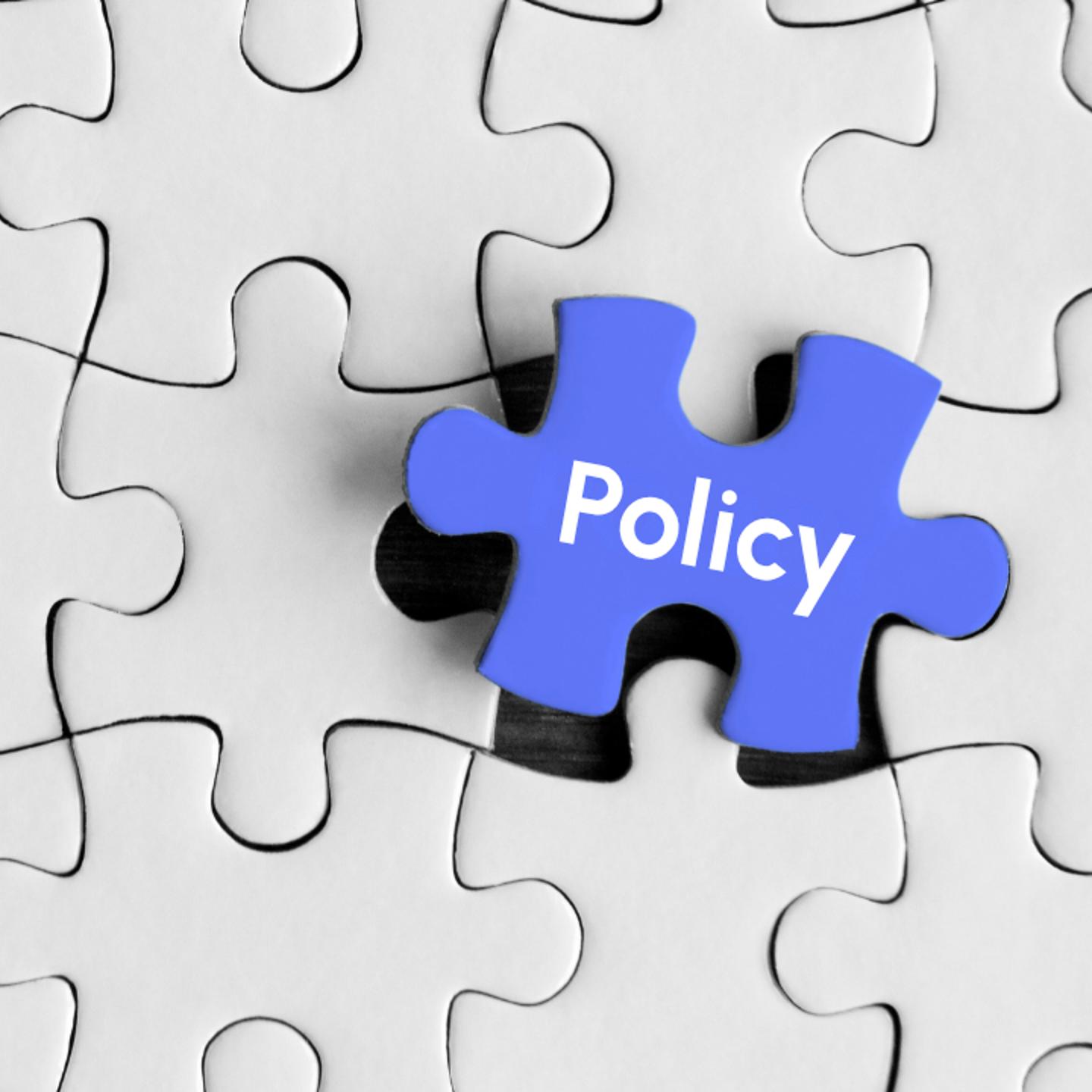
Governments hold the key to unlock the trillions of additional dollars needed to solve the social and environmental challenges societies face worldwide, helping to bridge a long-standing financing gap, particularly in emerging markets where developmental issues are most acute.
As the Impact Taskforce (2021) noted, “Private capital is available in abundance. The challenge lies in creating the conditions for it to flow with urgency, scale, and integrity into investment opportunities that reflect investor appetite and risk and return tolerances while having a positive impact on the public effort to meet our challenges.”
This report outlines practical ways in which policymakers can fill such a financing gap to deliver on national priorities for citizens – by driving impact economies in which impact lies at the core of every investment, business, consumption and government spending decision.
Through models that prioritise measurable social, environmental, and economic outcomes – especially in left-behind communities – and by mobilising private capital and enterprise alongside public funds, governments can stretch limited budgets, reduce fiscal pressure, and deliver more value for citizens. In doing so, they safeguard taxpayers’ savings from increasing systemic risk and invest in a more sustainable and resilient future.
The right policy and regulatory developments create the enabling conditions to direct the full spectrum of national economic resources – not just government money – towards the benefit of people and the planet.
Governments must learn how to grow the proportion (currently ~10%) of impact and sustainability-aligned capital in the US$305tn global financial markets. Overcoming the false dichotomy between the public and private sectors will require rebuilding trust and strengthening coordination among policymakers, investors, and other economic actors to align capital flows with long-term societal goals.
This update of our original Policymaker’s Toolkit, which brings together a global range of up-to-date examples of how policymakers can direct impact capital and wider resources towards policy goals, was developed in a world that looks very different from when the original report was published in 2019. Over the past six years, governments have significantly expanded their efforts to support sustainable investment and to channel private capital toward social and environmental objectives.
In this transformed landscape, this toolkit aims to move beyond offering a snapshot of existing public initiatives to demonstrating which policies have proven effective in building impact economies worldwide.

Elizabeth Boggs Davidsen, CEO, GSG Impact:
“Policy is the lever that can embed impact into every investment, business, and government decision. With our community of National Partners across 48 countries, we stand ready to support policymakers and other public actors to build economic systems that put impact at their core. We support them to build impact economies.”

Sebastian Welisiejko, Chief of Thematics and Knowledge, GSG Impact:
“By building economic models that prioritise measurable social, environmental and economic outcomes – and by mobilising private capital and enterprise alongside public funds – policymakers can stretch public budgets to deliver more value for citizens, particularly those in left-behind communities.”













